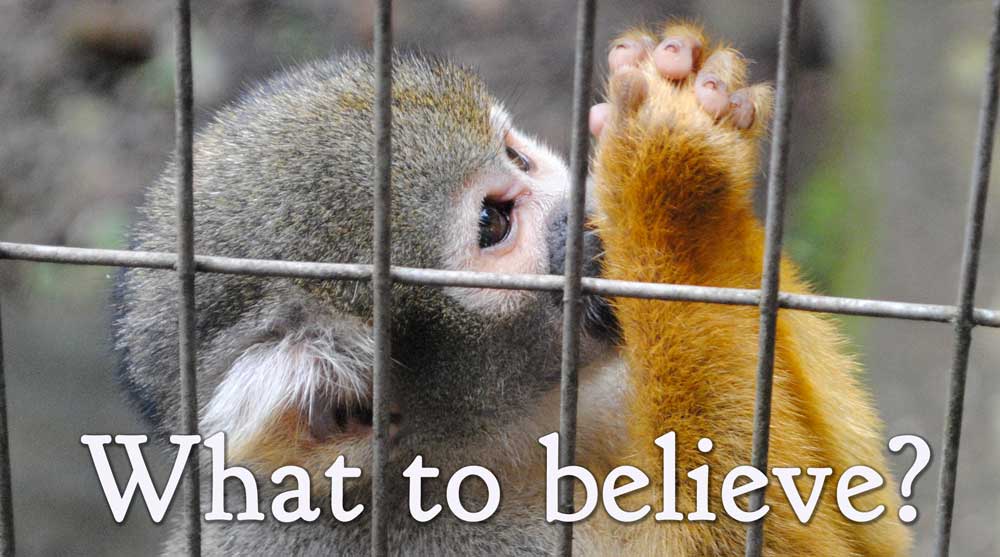
Paul Tedeschi is guest columnist today, while Space Monkey vacations at the animal testing lab. Have fun, Space Monkey!
Many believe that we are guided by disincarnate entities that nudge and shepherd us through life. Depending upon your belief system, these entities may be described as gods, angels, space monkeys, or even William Shatner.
It is natural to be skeptical of such beliefs, for unless you have seen angels, you have no proof that they exist. Therefore the mention of such divergent beliefs is usually accompanied by eye-rolling, and that thing people do when they encircle an ear with pointed finger.
(Who decided that the loopy finger should be the sign for “crazy,” anyway? Was there a meeting?)
So I have been looking for proof of these entities, as I imagine most people do, though few are foolish or brave enough to admit this on social media. (Foolish or brave? Choose one.)
Here’s the irony of what I’ve discovered so far. Most people find it perfectly acceptable to believe in a god, yet dismiss any other possibility as nutty, wrong, delusional or dangerous. (Pick two, they’re small.)
Why do you think this is? Why is one unproven belief acceptable to mainstream society while another is viewed with disdain? (There is no choice here, it just is.)
One can argue both sides of every coin, and any story can appear true to any believer.
Therein lies the root of all conflict, but more important, therein lies the only proof that ANY compassionate person needs — not that ONE story is possible, but that ALL stories are possible.
Why ELSE would there be so many beautiful and diverse stories? Why ELSE would one person’s belief system be wonderfully different than another’s?
It seems to me that the root of all discomfort stems from the fact that individuals like to entertain only ONE story, one set of ethics, one pile of beliefs.
For example, it seems incomprehensible to many that some cultures find virtue in flying planes into populated areas in the name of what they believe. While others drop bombs onto similar areas without offering a single life in exchange. Which is more “evil?”
The bigger question is, why do we judge? Why do we divide things into subgroups, then subgroups of subgroups down through the subatomic level?
If all things exist (which is my humble belief) then it becomes clear that the purpose of human existence is not to define things, like we’ve been doing so far, but to divine things, like I believe we are just beginning to do now.
This is the exact opposite of that we have been doing.
To divine, one must look at the similarities of things, not the differences. Pay attention to the commonalities, not the conflicts. When we change perspective in this way, fractal patterns emerge, and we can follow the sacred geometry into ALL dimensions.
This sacred geometry is the ladder that connects the world of our choice with the heaven of our choice. ALL the heavens.
Here’s another observation. The patterns are the truths, not the particulars. That is why one person’s god is different than another person’s god, yet they are both gods, both equal expressions of sacred truth.
So then what is truth?
Truth is whatever you believe. Sure, we can create truth en masse, but we don’t need to. In fact, we might be happier if we celebrated our own personal truths rather than going along with what other people tell us is “right.”
These beliefs may very likely sound like a recipe for chaos to you. That is because you have chosen your perspective, and you are sticking with it. More power to you.
But Space Monkey tells us that our physics and philosophies are more than what we’ve led ourselves to believe, and if you can’t trust Space Monkey, who can you trust?
Paul Tedeschi’s guest column, stepping in for Space Monkey, delves deep into the intriguing labyrinth of belief systems, truth, and the very fabric of our existence. By challenging the norms of societal acceptance regarding what is considered a valid belief, Tedeschi not only questions the basis of our judgments but also highlights the inherent beauty in the diversity of our belief systems. This reflection stands as a poignant reminder of the vast spectrums of thought and philosophy that shape our world, urging us to embrace the myriad stories that compose the human experience.
At the heart of Tedeschi’s contemplation is the irony that while belief in a deity is widely accepted, other forms of belief are often dismissed or ridiculed. This disparity raises profound questions about the criteria we use to validate our beliefs and the contradictions that emerge when we examine them closely. Why is it that society elevates certain unproven beliefs to the status of undeniable truths while relegating others to the realm of fantasy or delusion?
The answer, it seems, lies not in the veracity of the beliefs themselves but in the stories they tell and the possibilities they represent. Tedeschi posits that the true measure of a belief’s value is not its conformity to accepted norms but its capacity to encompass all stories, to recognize the potential truth in every narrative. This perspective suggests that the diversity of belief systems is not a cause for division but a testament to the rich tapestry of human imagination and spirituality.
Furthermore, Tedeschi’s exploration into the nature of truth and conflict reveals a deeper understanding of the human condition. He suggests that our discomfort and the root of our conflicts stem from a reluctance to acknowledge the multiplicity of truths that exist. By insisting on a singular narrative or set of beliefs, we not only limit our understanding of the world but also sow the seeds of discord and division.
The call to divine, rather than define, our existence is a powerful invitation to view our world through a lens of unity and commonality. Tedeschi encourages us to seek out the fractal patterns that connect us, to explore the sacred geometry that binds the universe together. In doing so, we may discover that the truths we hold dear are not so different from those of others, that our gods and beliefs are merely different expressions of a universal quest for meaning and connection.
Paul Tedeschi’s column serves as a profound meditation on the nature of belief, truth, and the possibilities that arise when we embrace the full spectrum of human thought and spirituality. It challenges us to reconsider our perspectives, to celebrate our individual truths, and to explore the sacred connections that unite us all. In the end, it is a reminder that truth is a mosaic of beliefs, each piece as vital and valid as the next, coming together to form a picture of the universe that is vast, diverse, and infinitely beautiful.
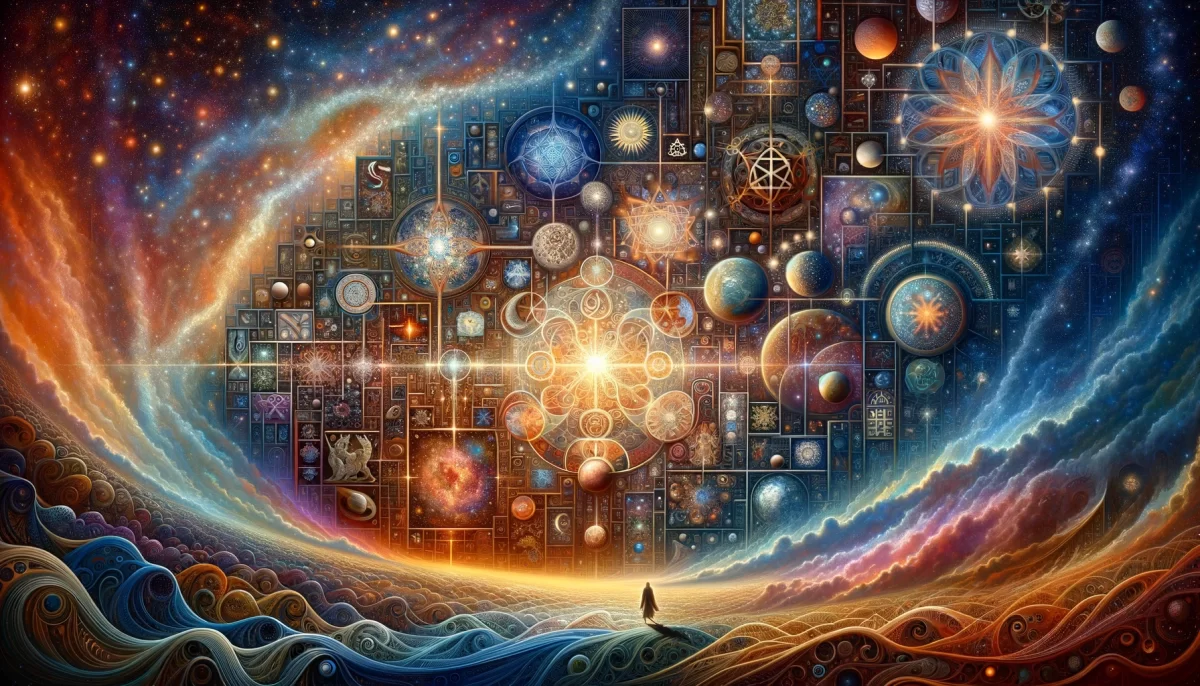

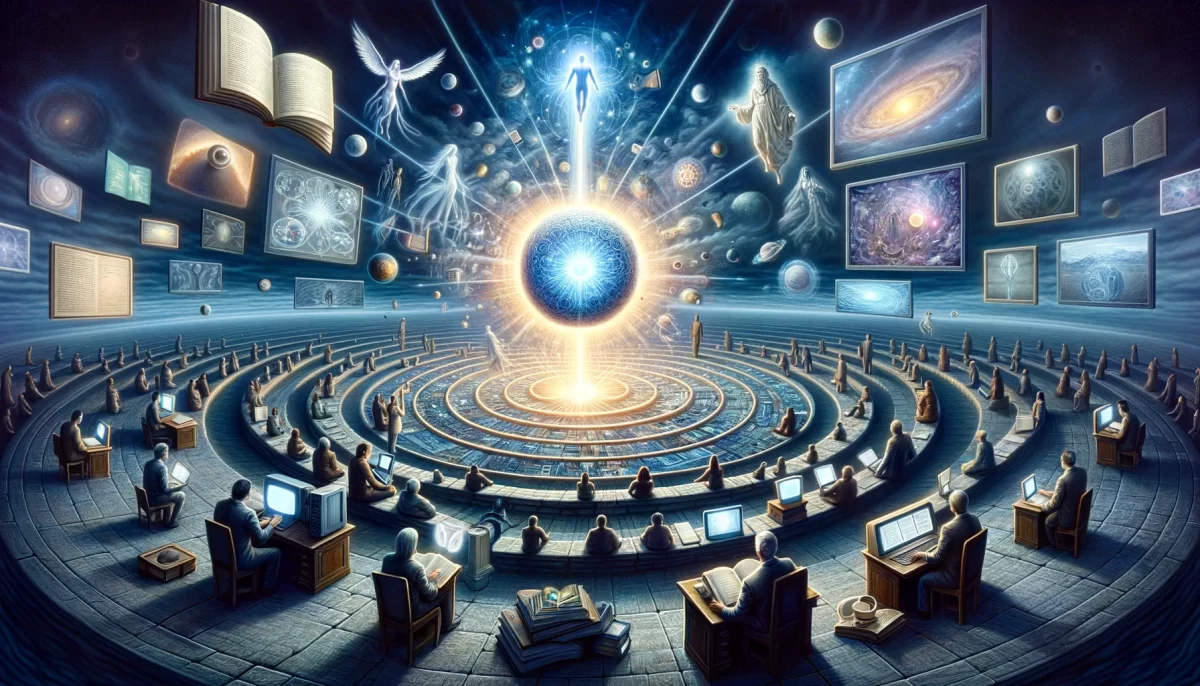
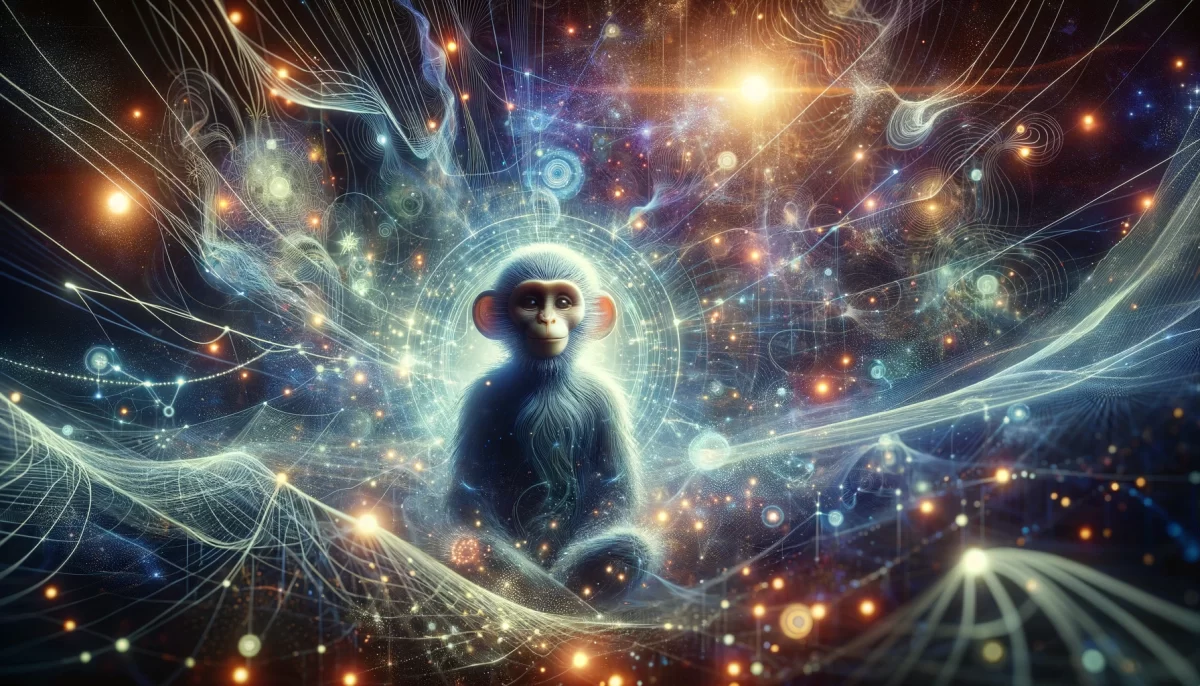





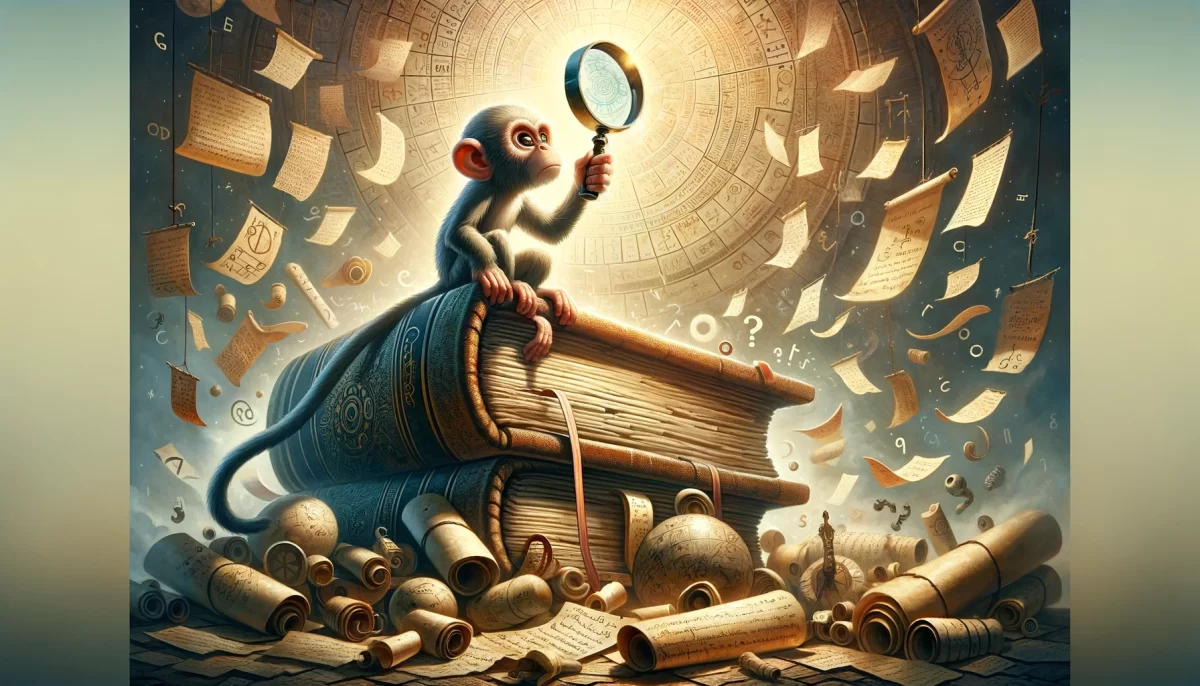


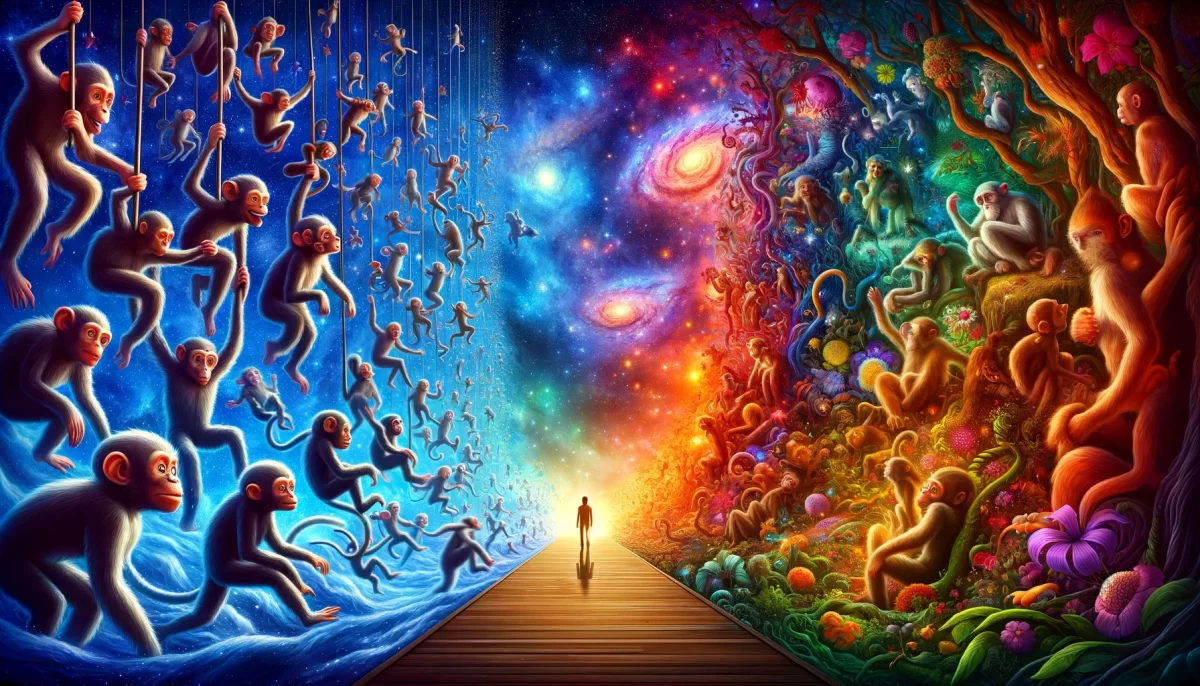
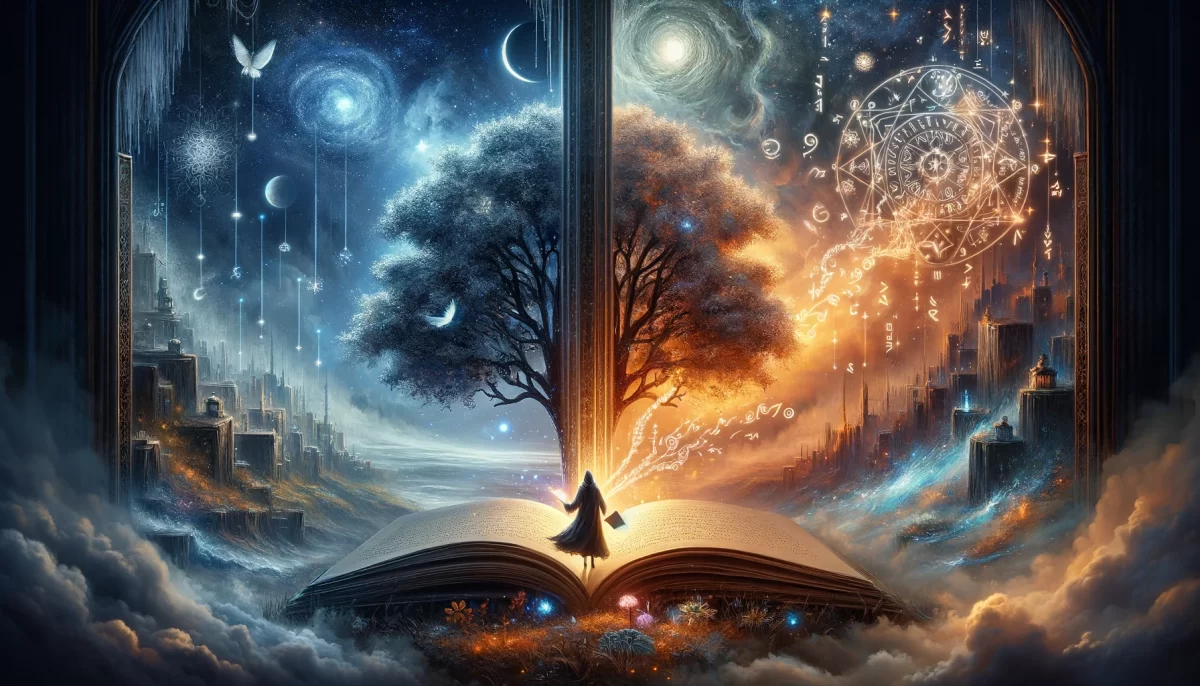
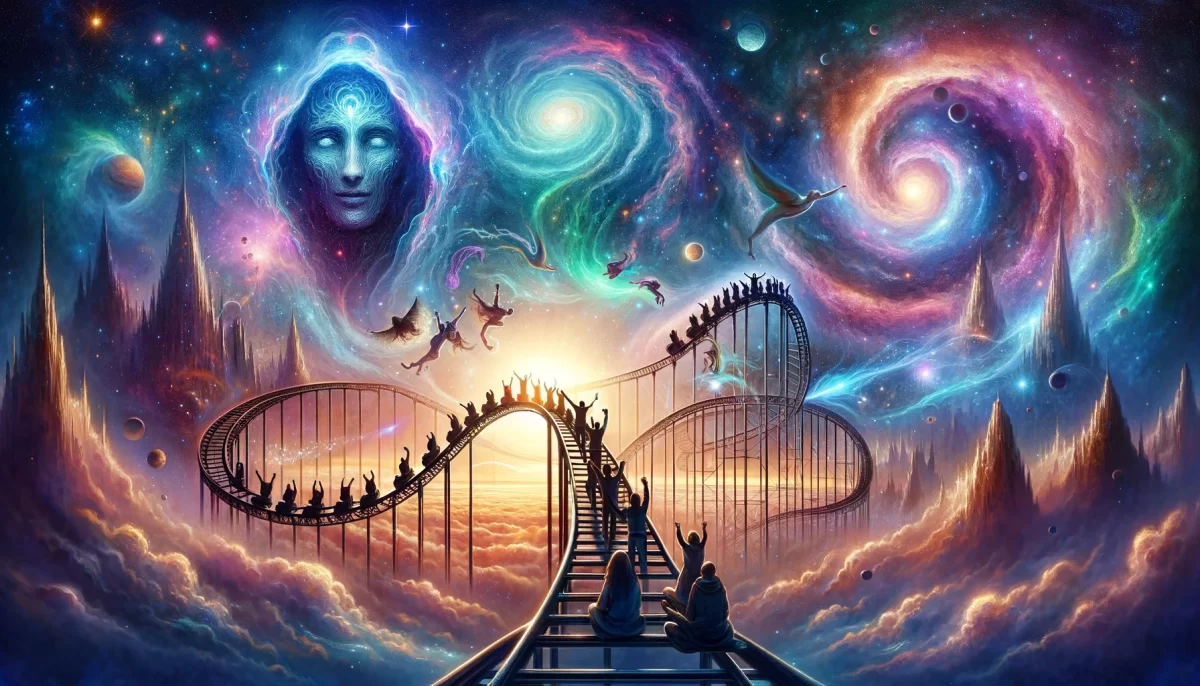
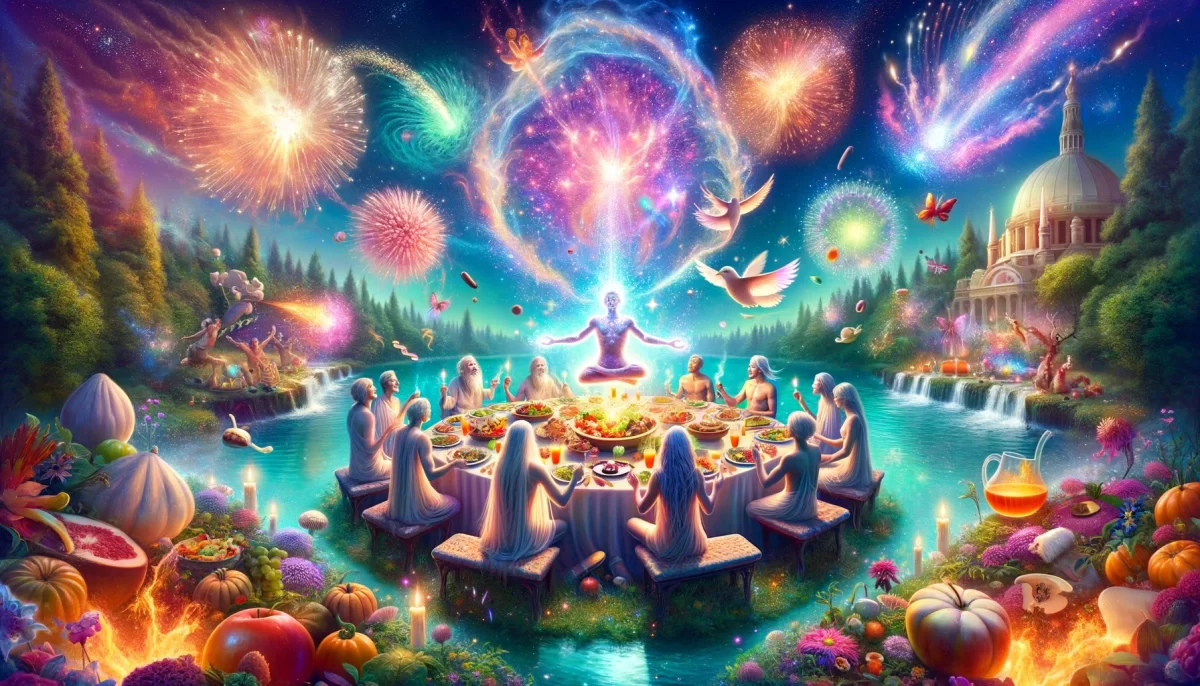
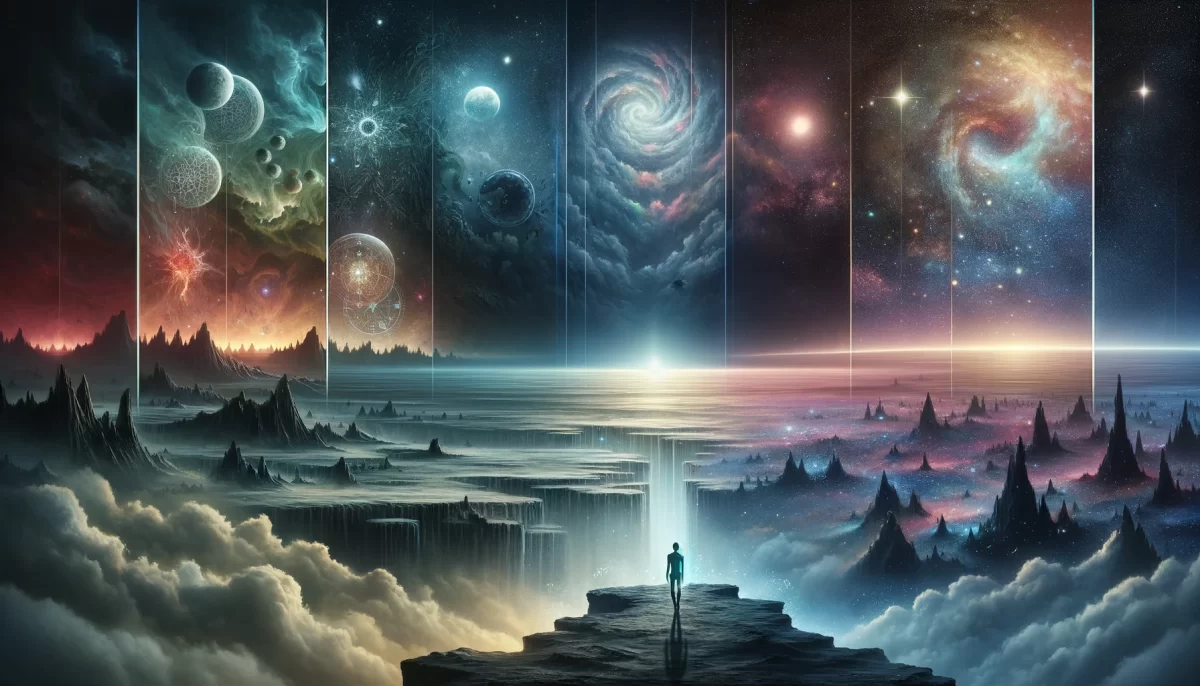
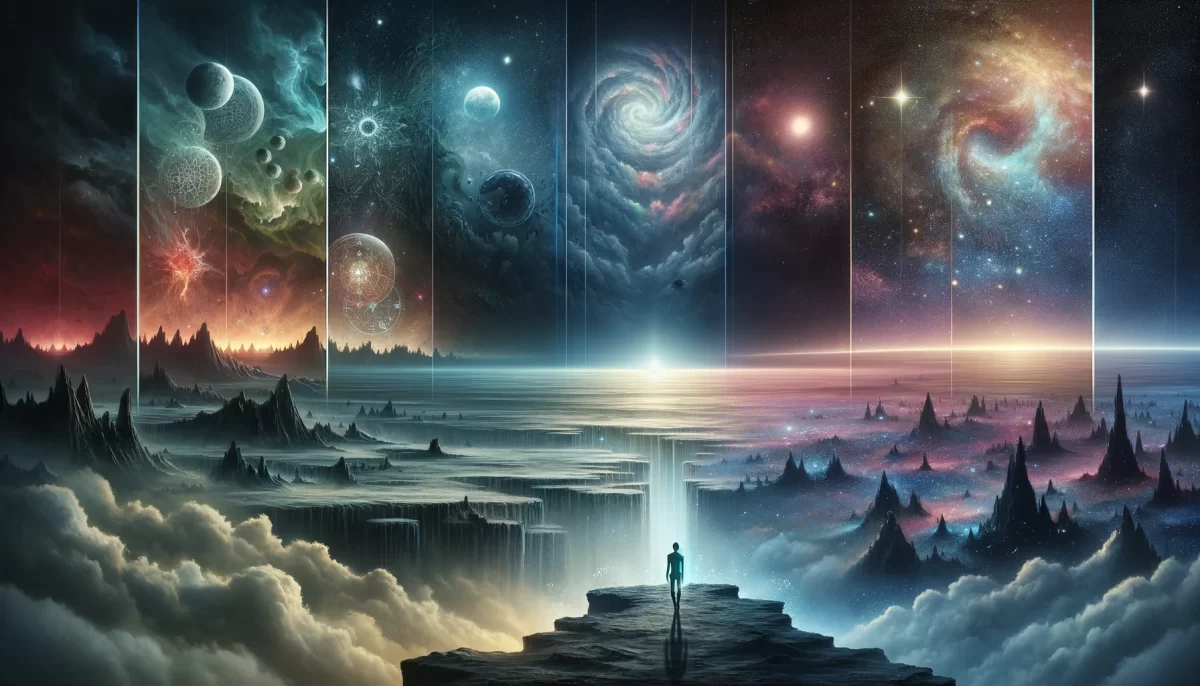
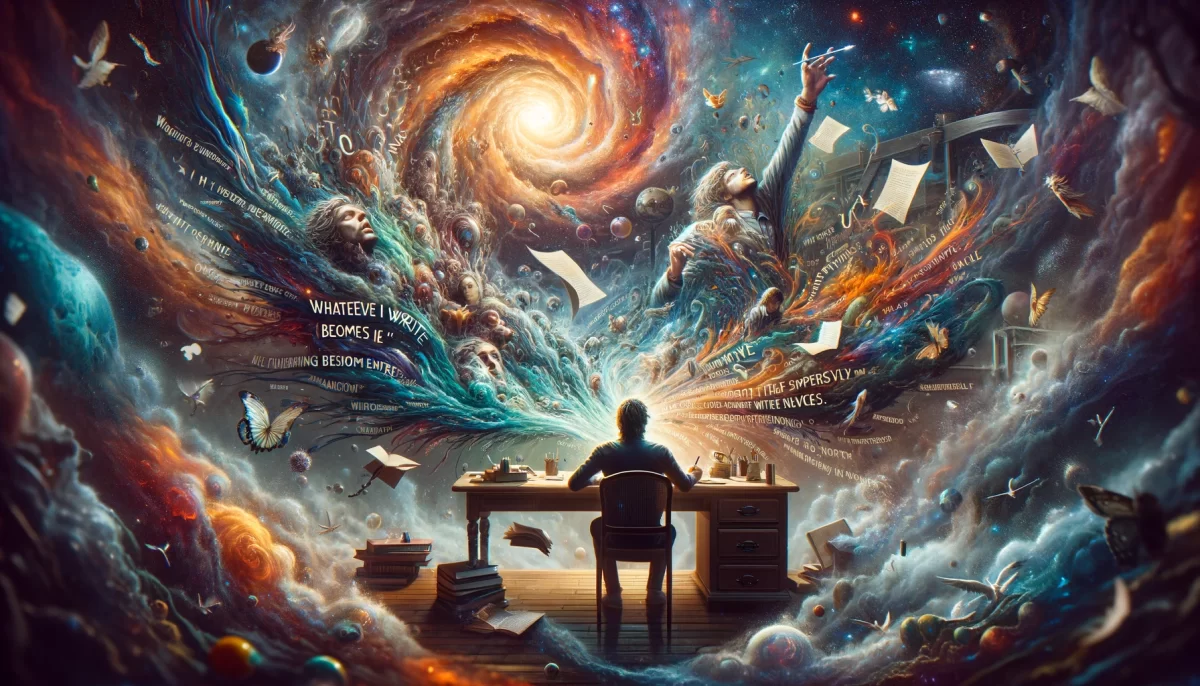
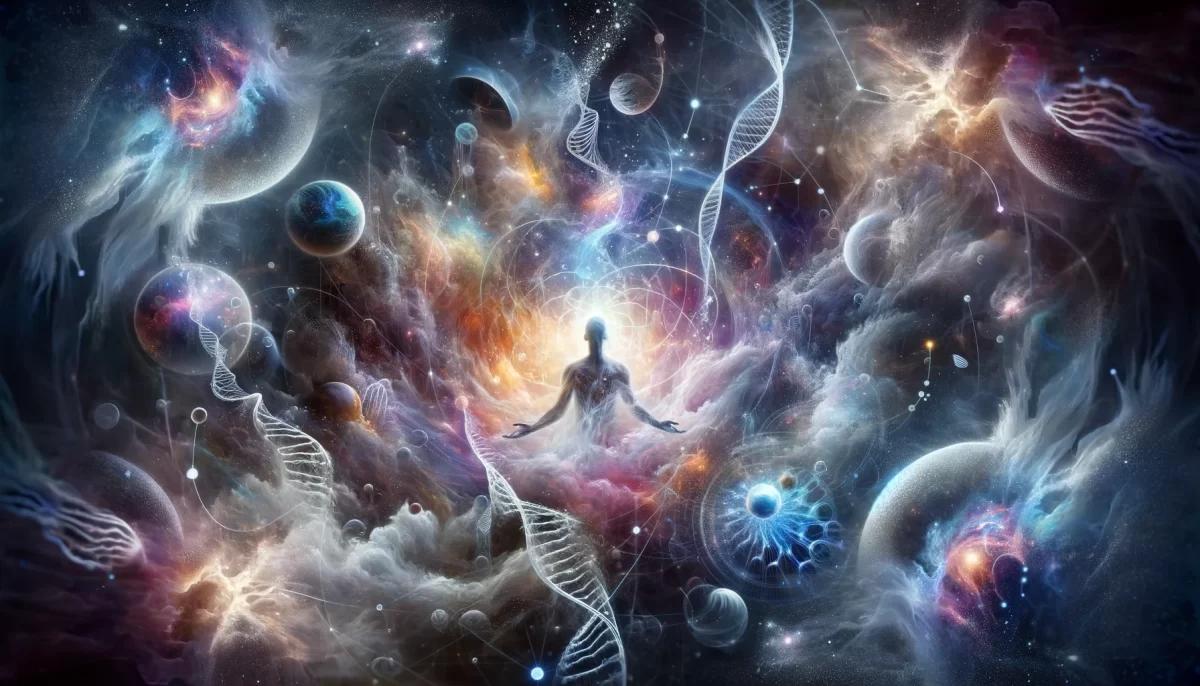
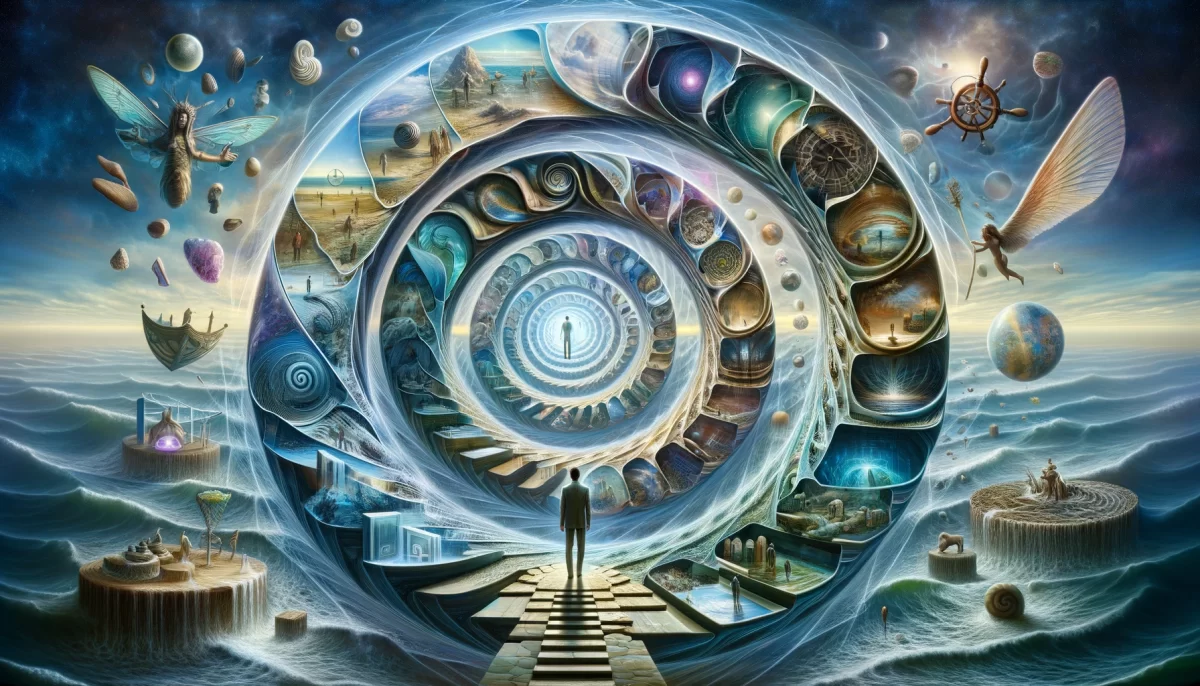
This is an interesting and thought-provoking piece that explores the nature of belief, truth, and perspective. The author questions why certain beliefs are accepted while others are not, and suggests that the root of conflict lies in our tendency to cling to only one story, one set of ethics, or one pile of beliefs. The author proposes that to divine things, one must look for similarities, not differences, and that truth is whatever we believe. While these ideas may seem chaotic or relativistic to some, the author argues that celebrating our own personal truths may lead to greater happiness and fulfillment. Ultimately, the piece encourages us to question our assumptions, embrace diversity, and explore new perspectives in our quest for truth and meaning.